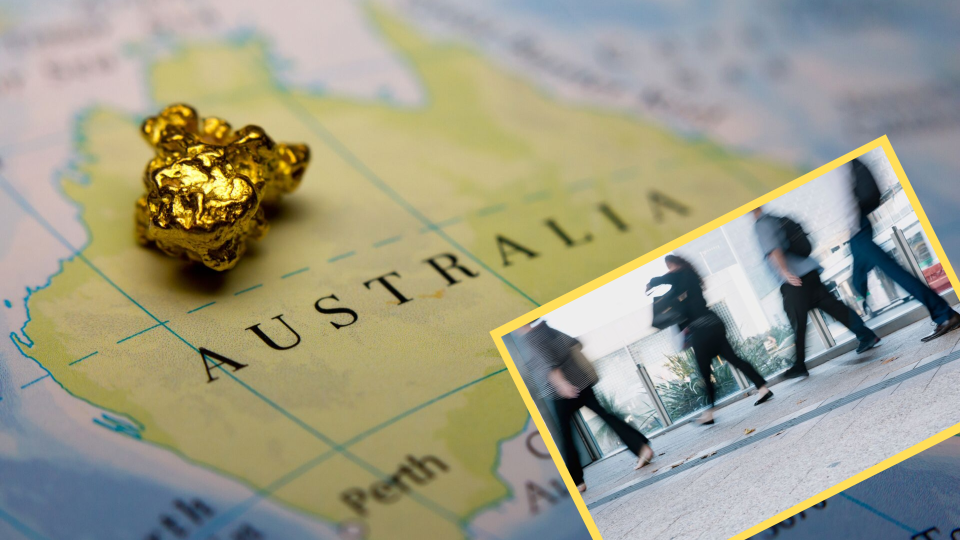How does your salary compare to your state average?

Qantas CEO Alan Joyce was this week named Australia’s highest-paid CEO, taking home $23,876,351.
That means he earns around 270 times the average Australian salary, taking home $459,000 a week.
But Joyce is far from the average Australian. According to SEEK’s August employment report, the average Australian was on a salary of $88,795 in August – up 3 per cent from August 2018.
Related story: How much should I have in my superannuation by now
Related story: How long do you need to stay in a job before you quit?
Related story: How much do you need to live comfortably in each Aussie capital?
Tasmanian workers have seen the biggest increases in the average advertised salary, up 6.4 per cent to $80,313, while workers in the Australian Capital Territory have seen their average salaries drop by 1.1 per cent to $89,658.
And workers in Western Australia have the highest advertised average salaries, earning $91,629 – up 2.7 per cent from last year.

While salaries have increased in all but one state or territory, the number of jobs available is going the other way.
SEEK reported that its job ads are down by 8.6 per cent year on year.
That’s in line with the latest unemployment figures, released by the Australian Bureau of Statistics today.
Unemployment in August was at 5.3 per cent, up by just under 0.1 percentage points.
Underemployment – which measures the number of people who want more hours at work – was also up 0.1 percentage points to 8.6 per cent.
SEEK managing director for Australia and New Zealand Kendra Banks noted that Australia’s GDP growth is now at its lowest level since 2009, fuelled by weak private sector investment.
“Low consumer spending is having a direct impact on business spending, with many companies tightening their budgets, which can include a restriction or freeze on hiring. This can be seen across the country with the visible reduction of new job opportunities,” Banks said.
“However, the recent government spending across industries such as disability, health and aged care services continues to see a healthy employment growth specifically in these sectors, shown by SEEK’s 4.6 per cent job ad growth in healthcare and medical roles.”
The weak unemployment figures support the case for another interest rate cut from the Reserve Bank of Australia (RBA) in October.
The RBA governor, Philip Lowe, has cut rates twice since June, but has also called for more infrastructure investment from the government to support jobs and wages growth.
Yahoo Finance’s All Markets Summit is on the 26th of September 2019 at the Shangri-La, Sydney. Check out the full line-up of speakers and agenda for this groundbreaking event here.

 Yahoo Finance
Yahoo Finance 

